Bio based polyamide PA56 material is mainly polymerized from bio based pentanediamine and petroleum based adipic acid or bio based sebacic acid, so the bio based content can reach up to 47% or 100%. The CO2 emissions are 44.2% and 50.4% of traditional petroleum based nylon 6 and nylon 66, respectively, effectively reducing carbon emissions and complying with the concept of sustainable development.
1.Excellent spinning, spinning, weaving, and finishing properties
2.Bright/Semi Dull/Full Dull3.FDY/DTY/ATY/ACY, 10D-200D, >0.6dpf
It can meet various needs in the application fields of filament, short fiber, carpet yarn, and industrial silk products.

The application performance
1.Easy to weave and dye - making the environment more friendly
The excellent fiber index is suitable for various structures of knitted and woven fabrics. Its low-temperature and easy to dye characteristics are more energy-efficient and environmentally friendly.
2.Reactive dye deep dyeing - cotton/PA56 blended fabric with reactive dye one bath dyeing
The special molecular structure enables the terminal amino groups on fiber macromolecules to have higher reactivity with reactive dyes, enabling deep dyeing with reactive dyes. Especially beneficial for achieving one bath dyeing of dark colored reactive dyes such as indigo for blended fabrics, which can be applied to the development of cotton blended or interwoven workwear, shirts, and other fields.
3.Soft and comfortable - making underwear more skin friendly
Biobased PA56 fiber has a lower initial modulus and a more skin friendly and soft feel.
4.Moisture wicking and sweat wicking - stronger natural cooling sensation
Compared to traditional polyamide fibers, PA56 fibers have excellent moisture absorption properties, with a nominal moisture regain of up to 5% to 6%, making them the highest moisture regain synthetic fibers currently available.
5.Antibacterial performance, wear resistance
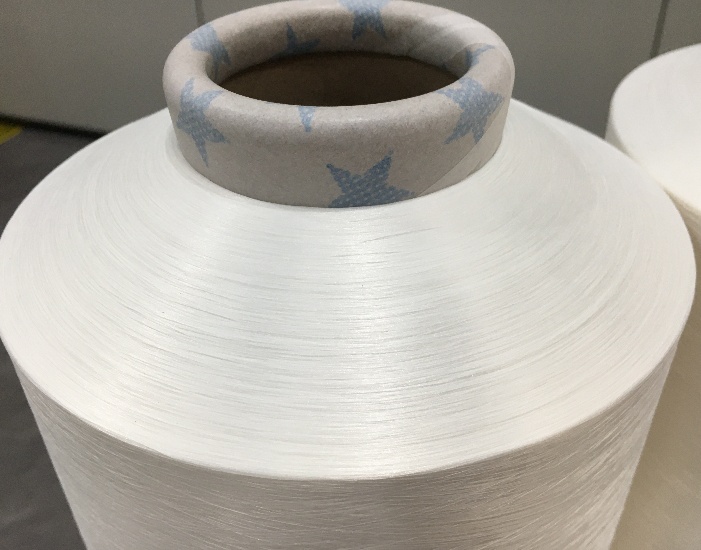
















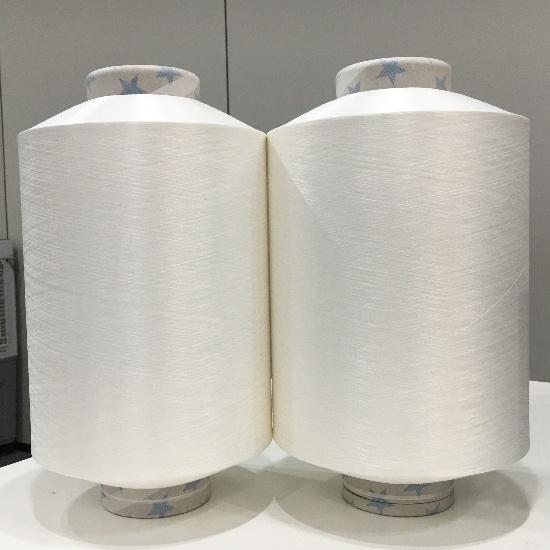
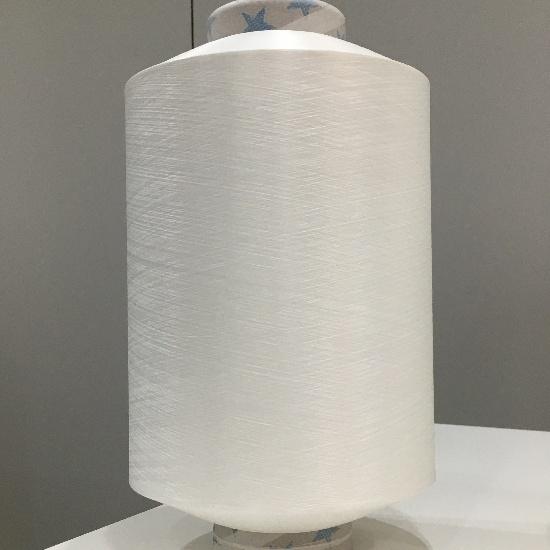
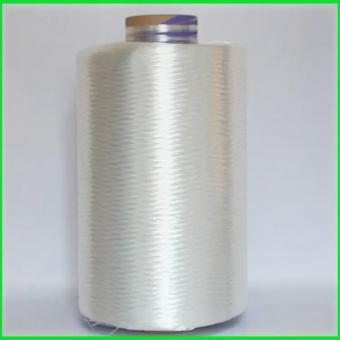
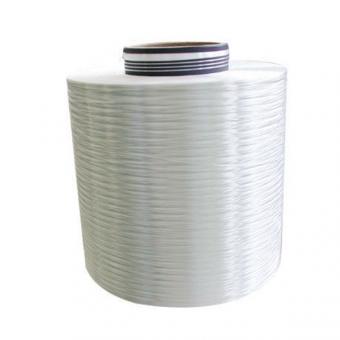
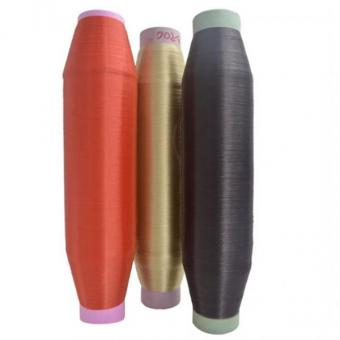
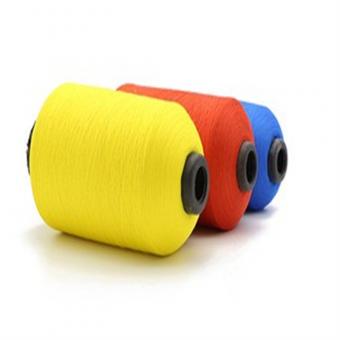
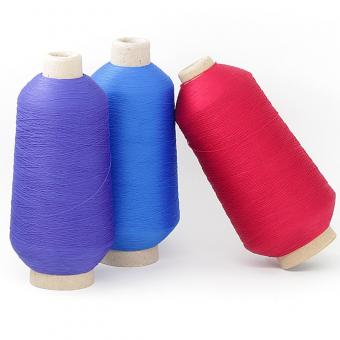

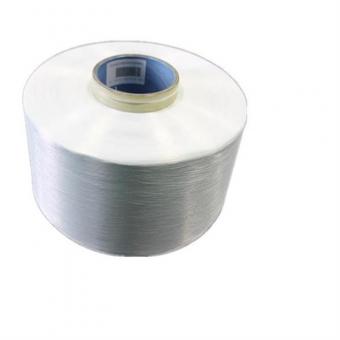

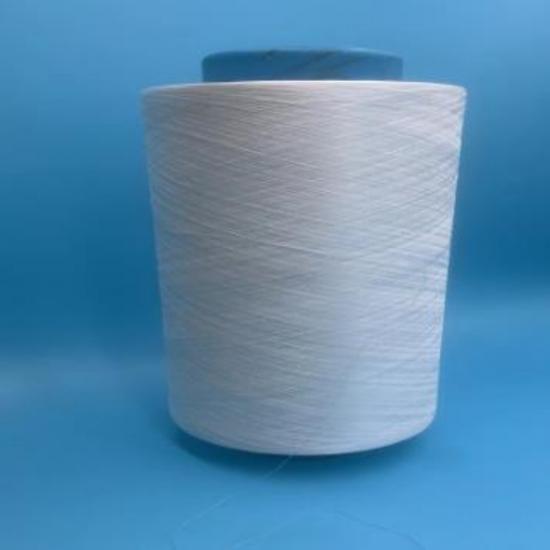
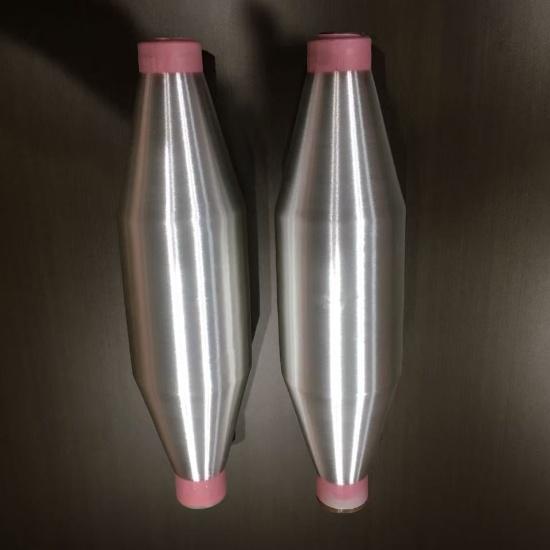
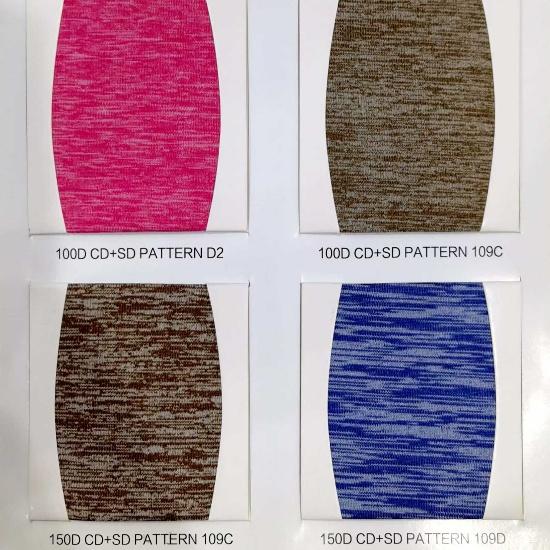
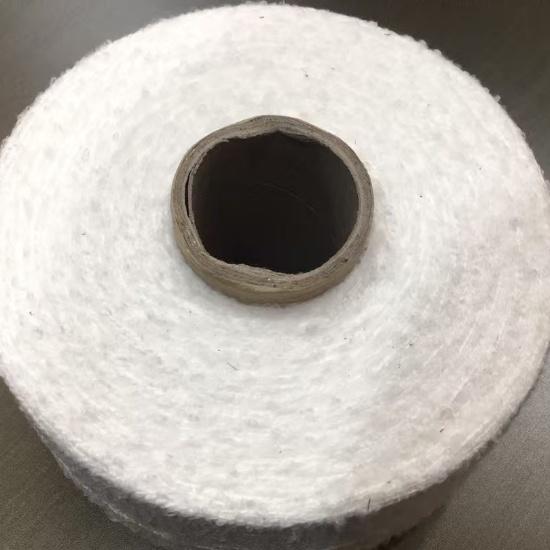
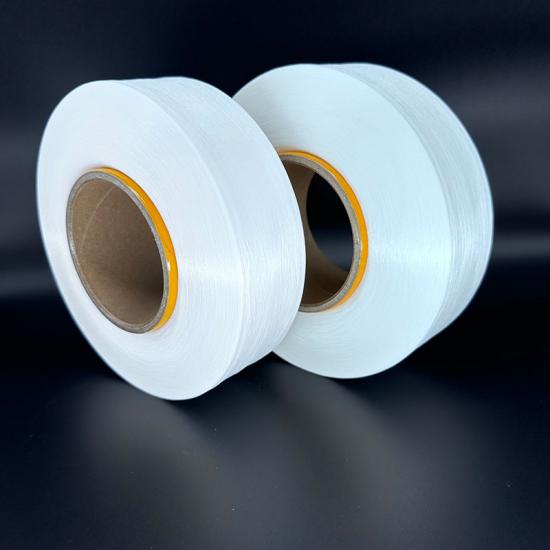
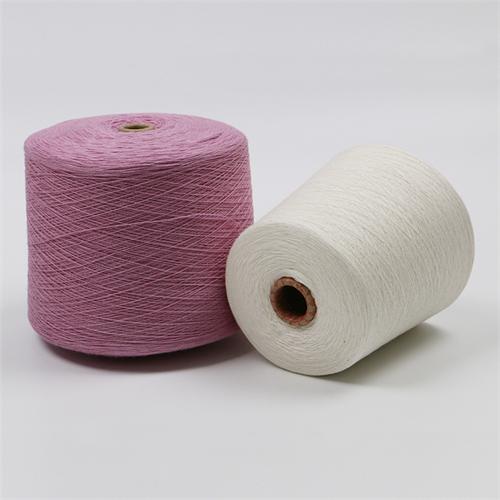
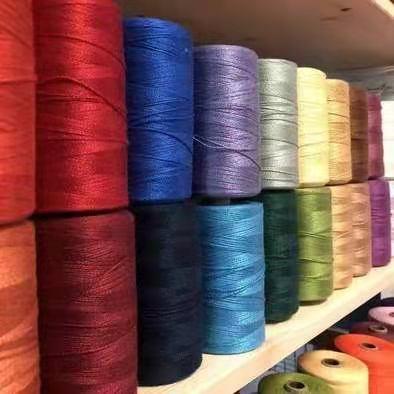
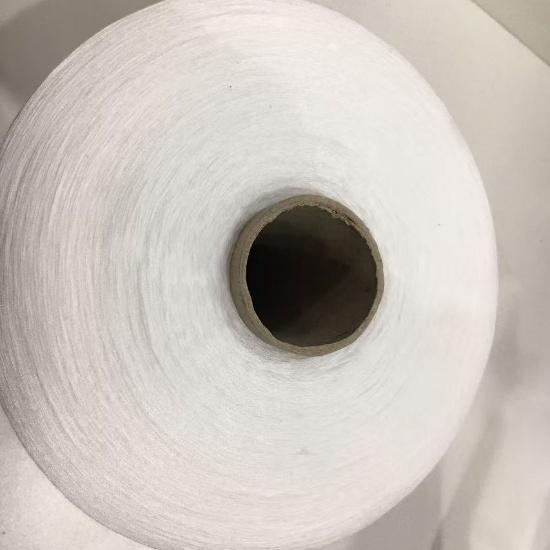
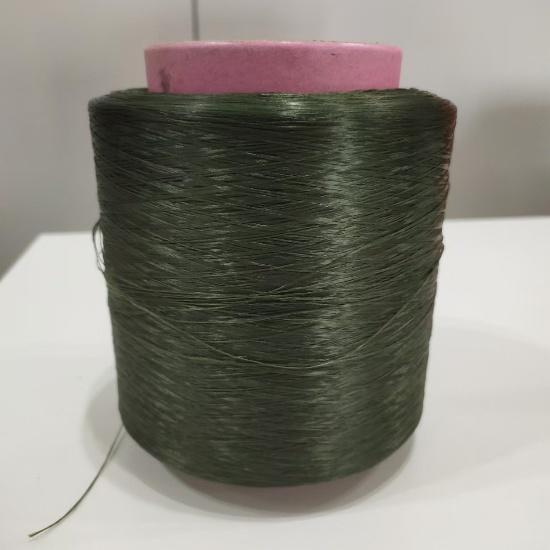
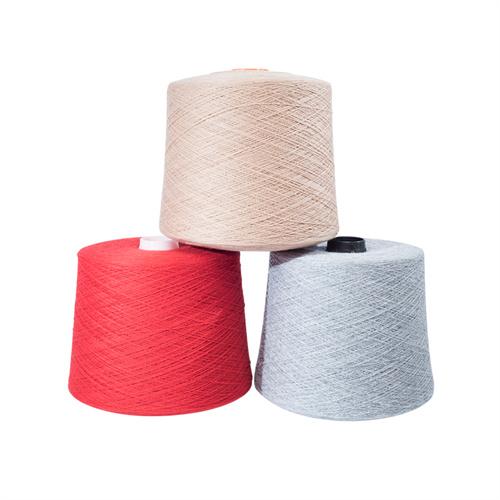
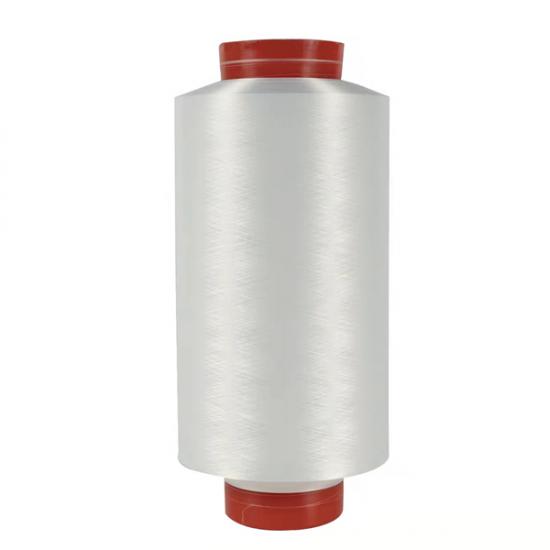
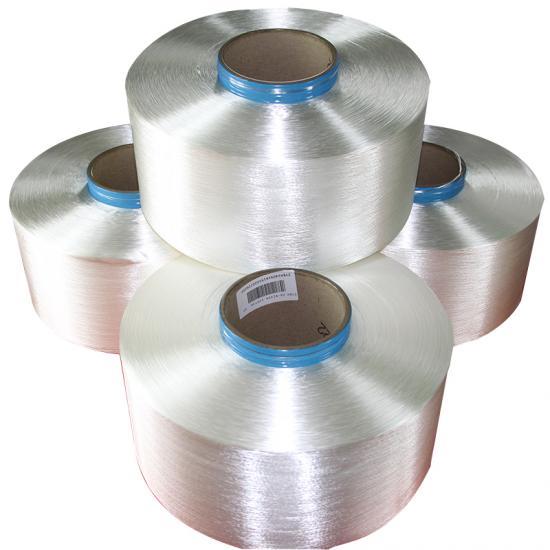
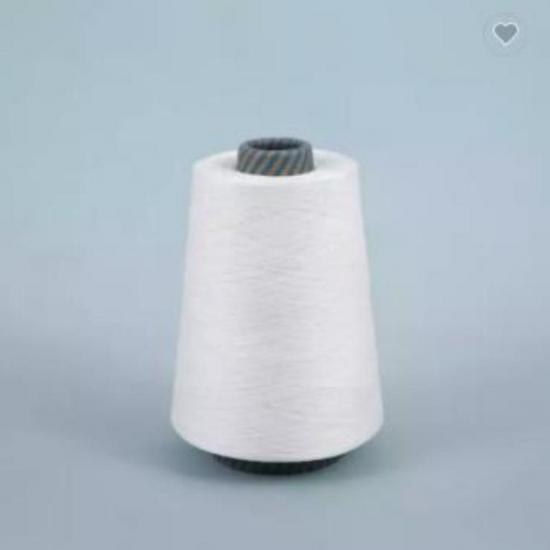
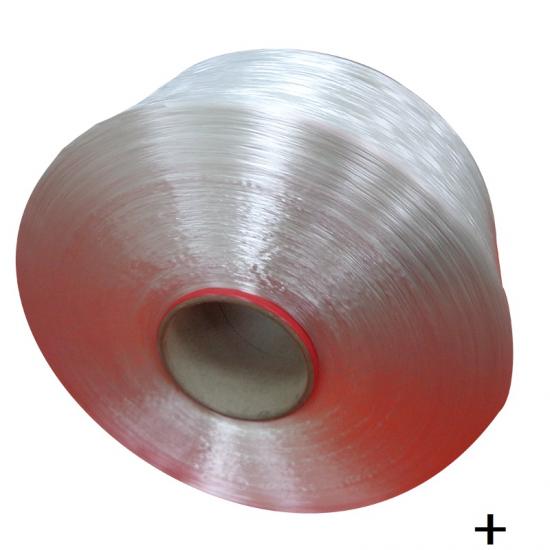




 IPv6 network supported
IPv6 network supported 